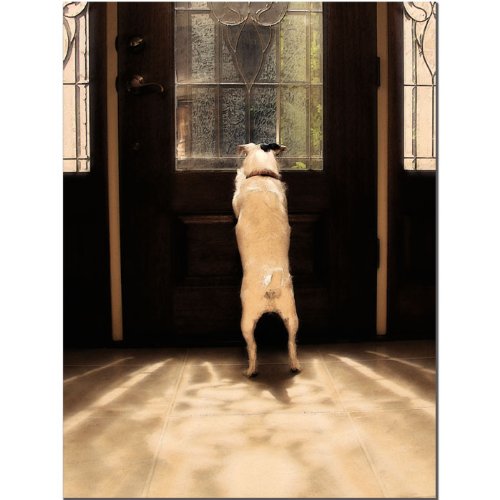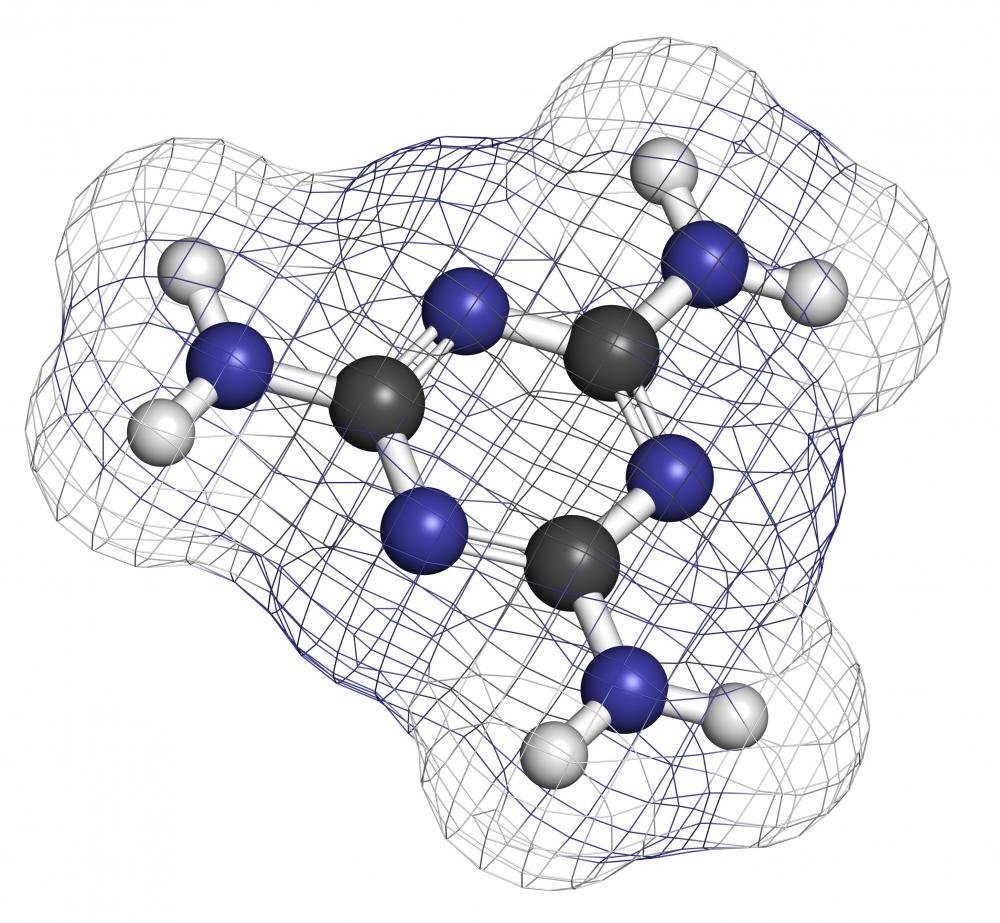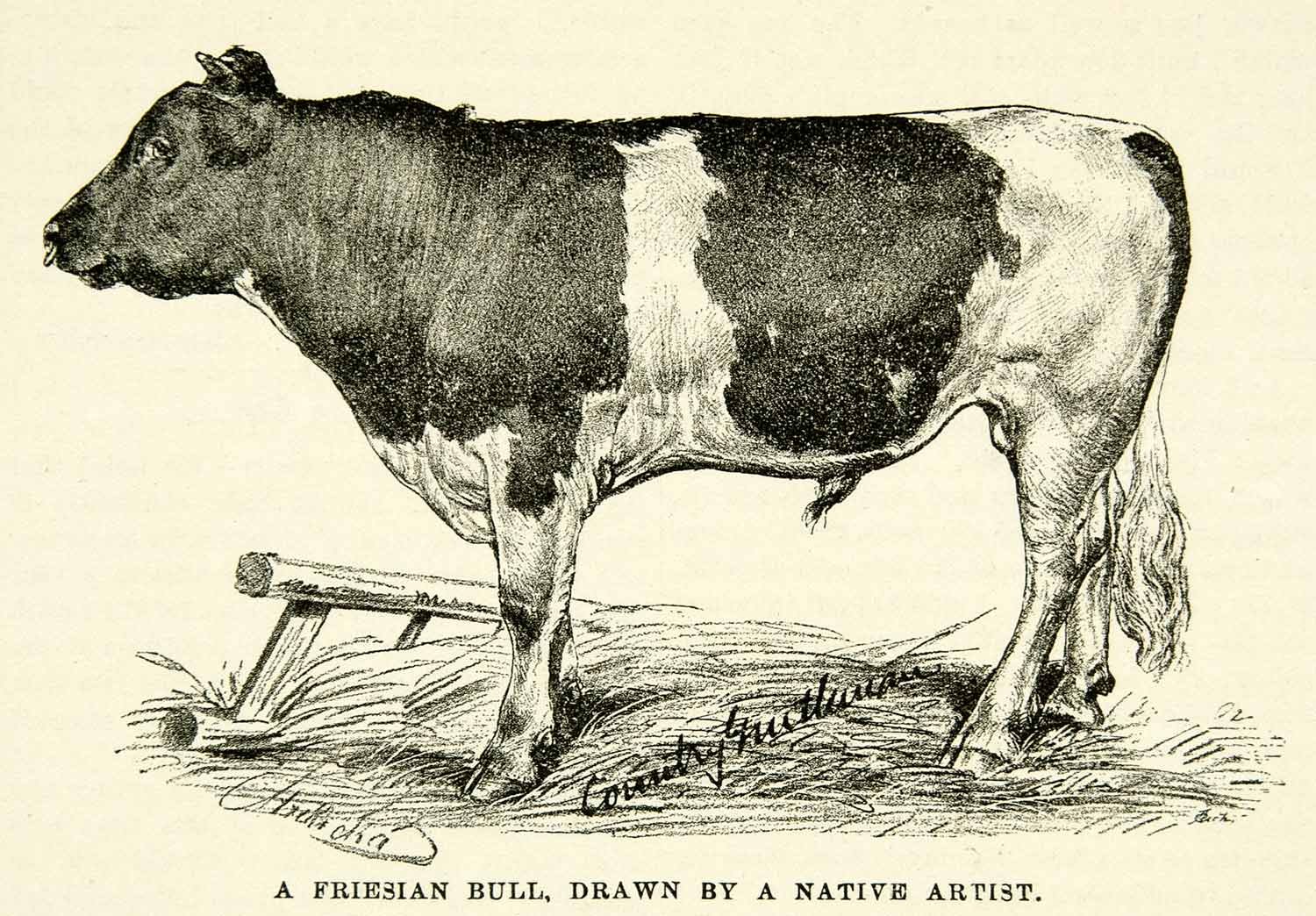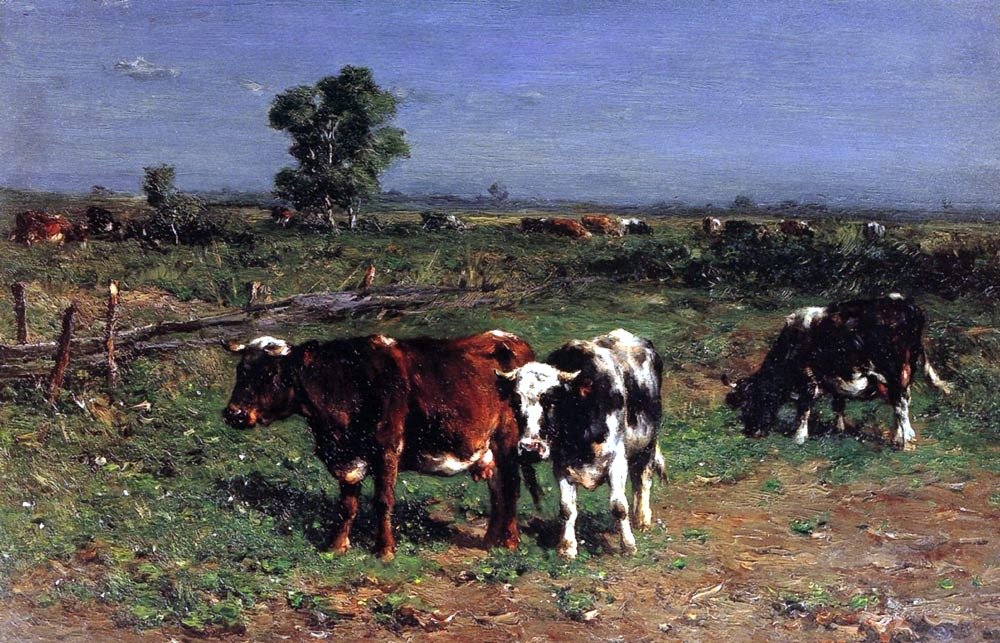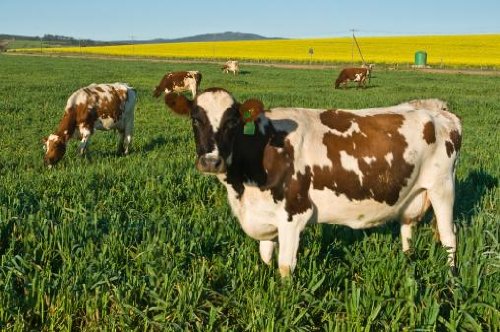Feeding co-products and cornstalk residue in the winter can save cow-calf producers up to $1 per day per cow as compared to feeding hay.
With feed comprising 60 percent of a producer's costs, any measures producers take to minimize expenses can make the difference between profit or no profit at the end of the year.
Most feed costs occur in the winter when cows can't graze and utilize pasture. Typically, cow-calf producers feed large round bales because they are easy, but that can be pretty expensive. Feeding harvested and stored feeds is a common practice, but it's also costly.
As ethanol production increases, so has the availability of corn co-products. More corn residue such as cornstalks is also being used as an energy source.
Cornstalk bales are an adequate source of energy, but they are low in protein and need to be supplemented, especially when fed to cows in early and peak lactation.
Experiments on a herd of Angus and Simmental cows at the Orr Research Center in Baylis, Illinois revealed ways producers can save money. The cows calved between January and March and were evaluated from calving until breeding.
The first experiment compared new co-products developed from improved fractionation processes. The study compared free-choice cornstalk residue with 14.3 pounds of distillers dried grains with solubles (DDGS), free-choice cornstalk residue with 9.7 pounds of corn bran and 4.8 pounds of DDGS, free-choice cornstalk residue with 11.2 pounds of corn bran and 3.3 pounds of high-protein (HP) DDGS (a low-fat distillers grain with 40 percent or more crude protein content), and free-choice hay.
The study revealed that producers could save about $1 a day per cow when feeding a combination of cornstalk residue and co-products as compared to hay.
Feeding methods and delivery systems formed the basis of a second experiment. Researchers compared free-choice cornstalk residue and 14.3 pounds of DDGS, a total mixed ration of 14.1 pounds of ground cornstalk residue and 14.3 pounds of DDGS, a total mixed ration of 9.9 pounds of ground cornstalk residue and 16.5 pounds of HP-DDGS, and free-choice hay.
In a 50-cow herd, the least expensive winter feeding strategy is to offer free-choice cornstalk residue and handfeed DDGS. If producers use a tractor to feed DDGS instead of buckets, they are better off to feed free-choice hay. Feeding total mixed rations requires more equipment which in turn increases cost for the producer.
In a 100-cow herd, handfeeding with buckets is not the most practical, but it's the cheapest. With this size of a herd, producers can use a tractor to deliver DDGS to the cattle at a more economical price per day than free-choice hay.
The major savings occurs in a bigger cow herd with more than 200 cows. The total mixed rations at $2.33 per cow a day become even more comparable to feeding free-choice cornstalk residue and DDGS at $2.21 per cow a day. In contrast, the free-choice hay is $3.21 per cow a day.
This is a good time to contact area corn producers to identify who will have cornstalk bales for purchase. It's also a good time to price co-products depending on what you have available for storage. Prices tend to go up in the winter, and it's best to have stored feeds in order before the winter sets in.
Sources:
Dan Shike, University of Illinois assistant professor of animal sciences, 217-333-0322.
Artwork:
Corn Stalk Shocks
Animal Husbandry and Livestock Books
Farm Supply
Feed & Hay

